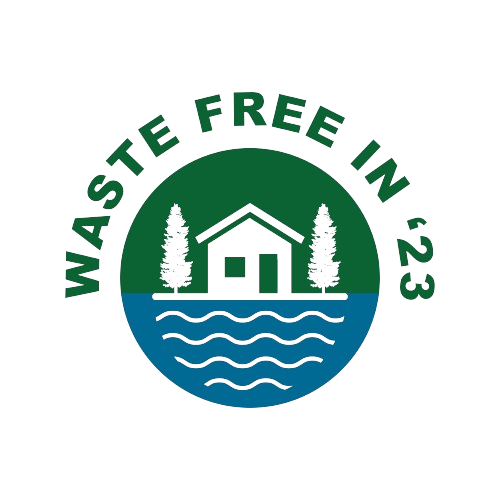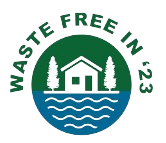Innovative Waste Management Solutions

Welcome to Waste Free ’23’s innovative solutions hub, where we share cutting-edge strategies to transform waste management and energy efficiency. Our focus is on providing low or no-cost start-up options so that all 8 billion people worldwide can benefit from lower fuel costs, energy costs, and increased income from better utilization of existing resources. Explore our latest resources below:
1. Food and Ag Waste Improved Processing – Pyrolysis / Gasification
Overview: Pyrolysis is one of the most cost-effective, feasible, and environmentally friendly biomass-to-energy conversion processes. This method transforms agricultural waste into valuable resources such as biochar, syngas, and bio-oil, reducing greenhouse gas emissions and offering a sustainable alternative to conventional waste disposal methods.
Key Points:
- Pyrolysis converts biomass into solid, liquid, and gas forms of energy.
- Gasification of selected waste fractions is environmentally sound with low greenhouse gas emissions.
- Pyrolysis supports global net zero emission targets.
2. Black Soldier Fly Larvae (BSFL)
Overview: The Black Soldier Fly Larvae (BSFL) method offers a sustainable way to manage food waste by converting it into high-protein livestock feed. This process not only reduces methane emissions significantly but also produces biodiesel and fertilizer, supporting the circular economy and improving livelihoods.
Key Points:
- BSFL production emits lower greenhouse gases compared to composting and landfilling.
- It transforms organic waste into high-quality feed ingredients.
- It reduces the reliance on conventional livestock feed, freeing up crops for human consumption.
3. Open Burning Reduction through Holistic Energy Solutions
Overview: Open burning of agricultural residues contributes significantly to global greenhouse gas emissions. Our holistic energy solutions focus on reducing open burning by converting crop residues into valuable energy resources through processes like pyrolysis, thus reducing air pollution and supporting cleaner, renewable energy alternatives.
Key Points:
- 30% of greenhouse gas emissions are from household food consumption.
- Open burning of crop residues significantly contributes to global warming.
- Pyrolysis offers a cleaner alternative to open burning, aligning with net zero emission goals.
Got questions?
